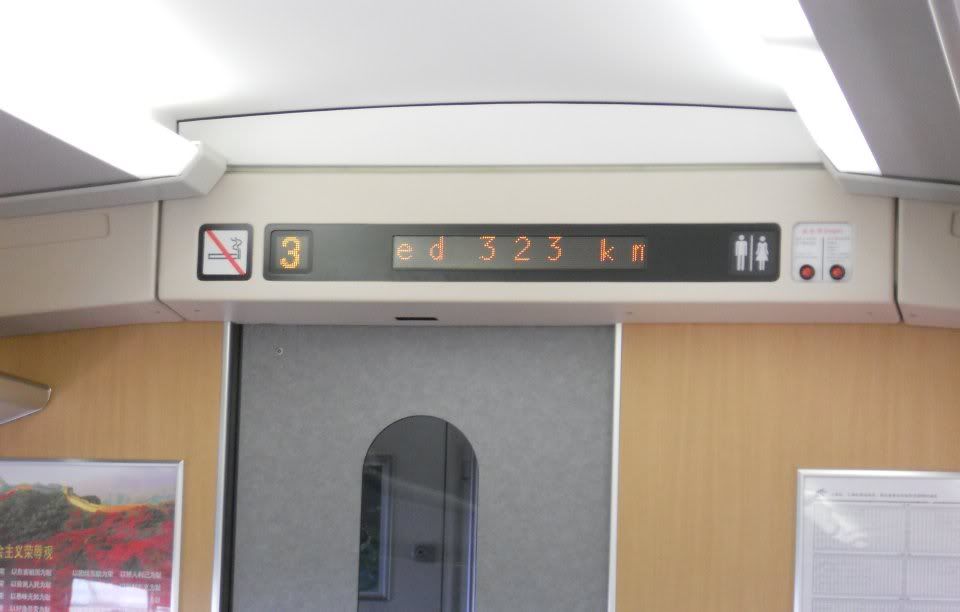Only in the US, because the HSR (High Speed Rail) supporters in the US don't want the pathetic truth - or real costs - known. The EU has a well-defined standard, as do Japan and China (the top 3 HSR markets).
To achieve speeds exceeding that up to 190~200 mph or so would require complete replacement of current infrastructure with technology similar to the Japanese Shinkansen Bullet Trains.
And in the US, that means literally trillions of dollars. Trillions just to deploy the network, never mind operational costs. Never let that number get out there, do you Willie!
Experimental speeds beyond 200 mph have been achieved with the most promising technology being Maglev (which is also incompatible with the other high-speed technologies.)
Experimental? Here's a photo I took just a month ago on a fully operational, 20 trip per day HSR line in China:

Three hundred twenty three kilometers per hour. That's just over 200 MPH. No problem at all. It's only experimental to the HSR advocates here in the US, because if they admitted it really existed, then they'd have to admit the cost of trillions of dollars to deploy a HSR network...
So they obfuscate and talk about "unknown/undefined" standards, through out numbers like 90 MPH (which is SLOWER than most slow speed rail in other countries), and never want to talk costs, only how "convenient" it could be.
The reality is that HSR in the US is an economic impossibility. It costs too much, we will not get the return on investment (ever), and it will hasten our bankruptcy as a nation.
But those fast choo choos sure are neat!